Are you looking for a simple Easter craft project for kids? Here is a quick and easy tutorial on how to paint wooden eggs using all natural, non-toxic milk paint.
These colorful eggs are perfect for Easter baskets, play kitchens or as a colorful accent in any room year round. Milk Paint wooden eggs have a long lasting beautiful, natural finish that allows them to be used year after year for family egg hunts and hours of pretend play.
What you will need:

- 12 unfinished 2" Wooden Eggs
- 12 color Milk Paint Sampler set
- 12 Plastic Containers with Lids
- Mixing Spoon or Stick
- Foam Brush
- Measuring Spoon
- Water
- Super Fine Sand Paper (400 grit)
- Daddy Van's Beeswax Polish
- Rag/ Soft Cloth
Getting Started...
Start off by mixing your milk paint. The great thing about powder based paints is that you have a lot of control over the color and opacity of the paint. If you want more of a "full coverage" paint effect, I would suggest a 1:1 paint:water ration. If you are looking for more of a watercolor/stain finish, I would recommend a 2:1 or even 3:1 ratio. If you have some pieces of scrap wood, it would be great to test out the different water:paint ratios to find the perfect combination for you. Want to create a different color? Mix some of the powders together or add Snow White to any color to create a lighter shade. The possibilities are endless!

To mix the paint, I used plastic mixing cups with lids. (I found mine at the grocery store in the aisle with the paper plates and napkins). I started off with 1 teaspoon of paint in one of the plastic mixing cups and add about 1/2 teaspoon of room temperature water. Then, I grabbed my mixing spoon and start stirring. I find it easier to get all the paint mixed in evenly without lumps if I create a thicker slurry first and then thin it out by adding water slowly. I wanted more of a stained look, so I went with a ratio of about 2:1 (water:paint).


Once the paint is the right consistency, grab your foam brush and a wooden egg and start painting! As the paint starts to dry, it will become a bit more opaque.

Let the paint dry completely (usually a couple of hours. I tend to leave them overnight.) If you have any paint left in your containers, snap the lids on and store your mixed milk paint in the fridge to increase its "shelf life". Milk paint in its powder form can last indefinitely in air tight containers, but has to be used up within a couple of days once it is mixed.
Finishing up...
Once the eggs are dry, grab your super fine grit (P400) sandpaper and gently sand all of the eggs to get a nice smooth finish.

Once you have everything sanded, grab a barely damp paper towel or cloth and wipe off the fine powder created by the sanding.

To seal the paint and finish the eggs, I used Daddy Van's all natural beeswax polish. Take a soft cloth and apply the polish.

Let the polish soak into the wood for about 20-30 minutes. Then, with a clean soft cloth, buff off the excess polish.

Repeat for each egg and you are done!

Tips & Tricks:
- This is a great family project! It took me about 45 minutes to mix all 12 of the milk paint colors. If you are planning on doing this with smaller children with short attention spans, I would recommend doing a little bit of prep work before hand and getting all your paints mixed up before bringing the kids in to paint.
- Keep a damp rag nearby to clean up spills and splatters. Milk paint easily wipes off of tables, hardwood floors and even walls (trust me I know this from experience!) with just a damp cloth.
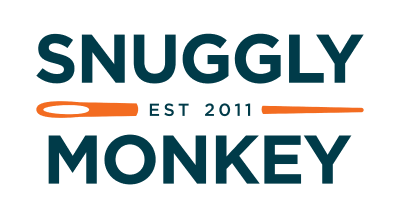
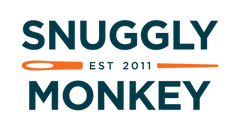
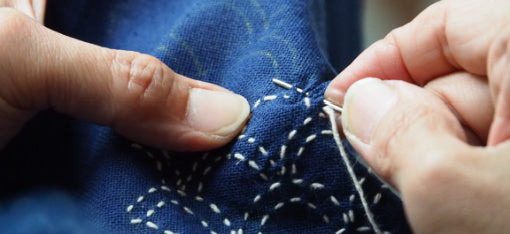
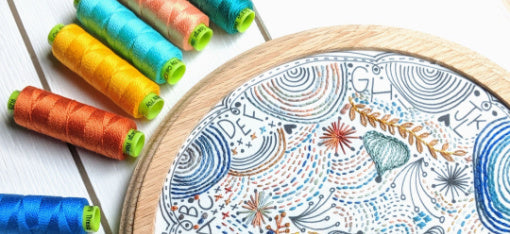
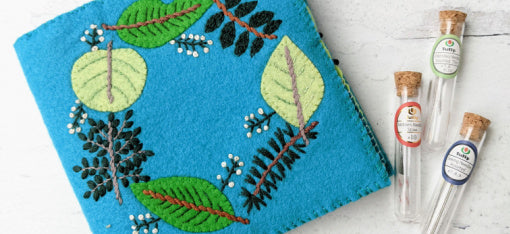
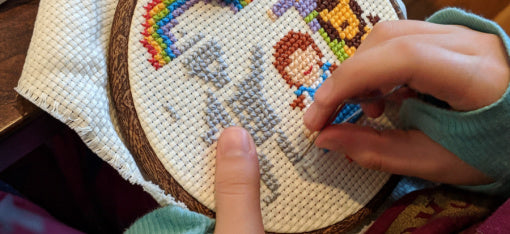
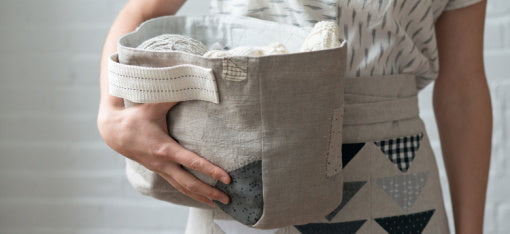
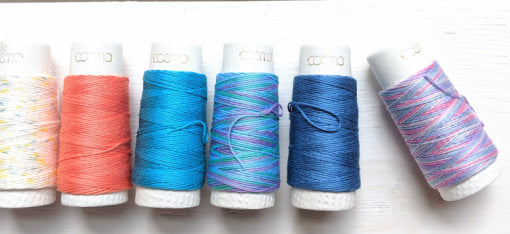
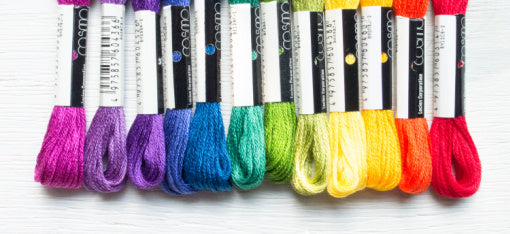
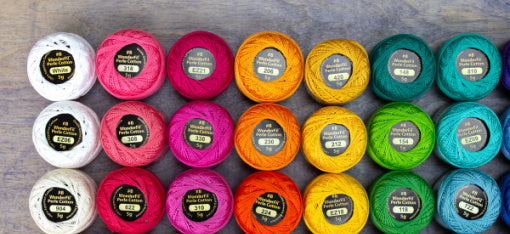
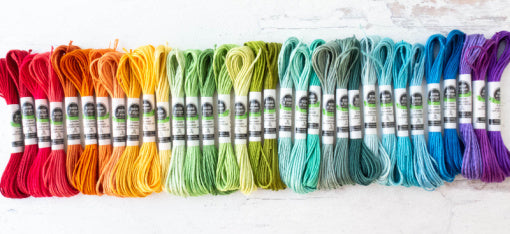
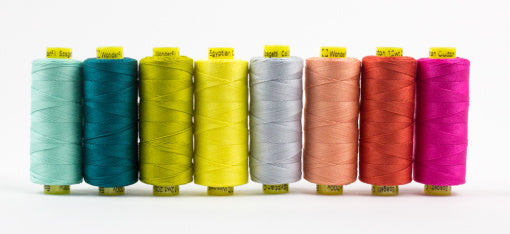
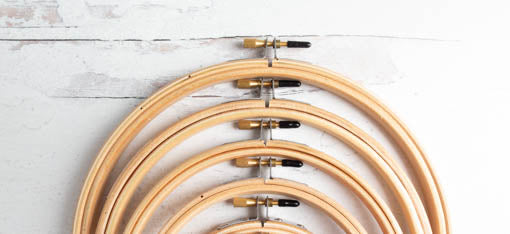
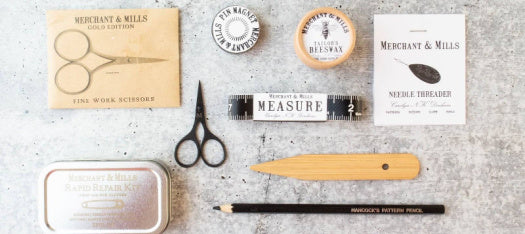
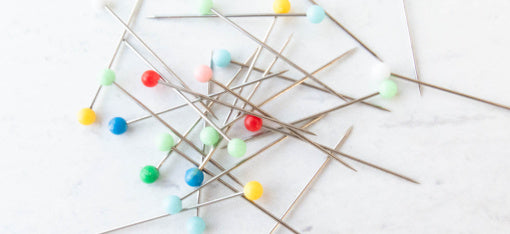
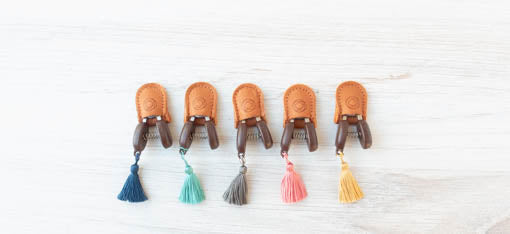
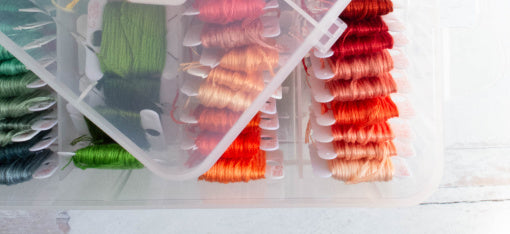
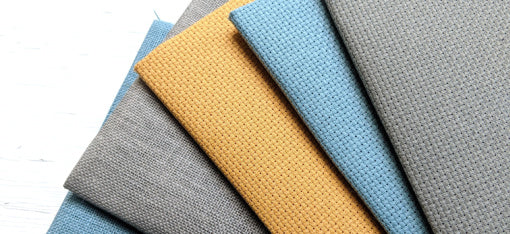
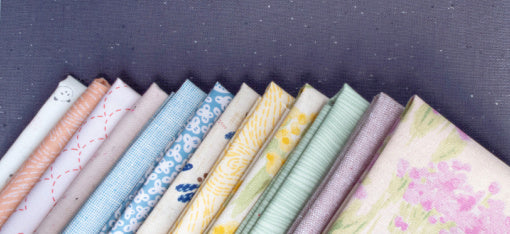
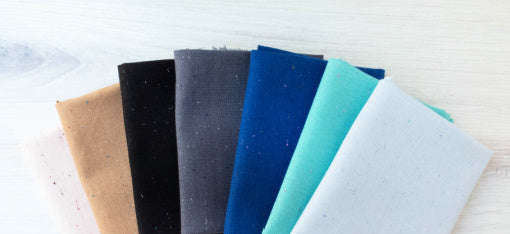
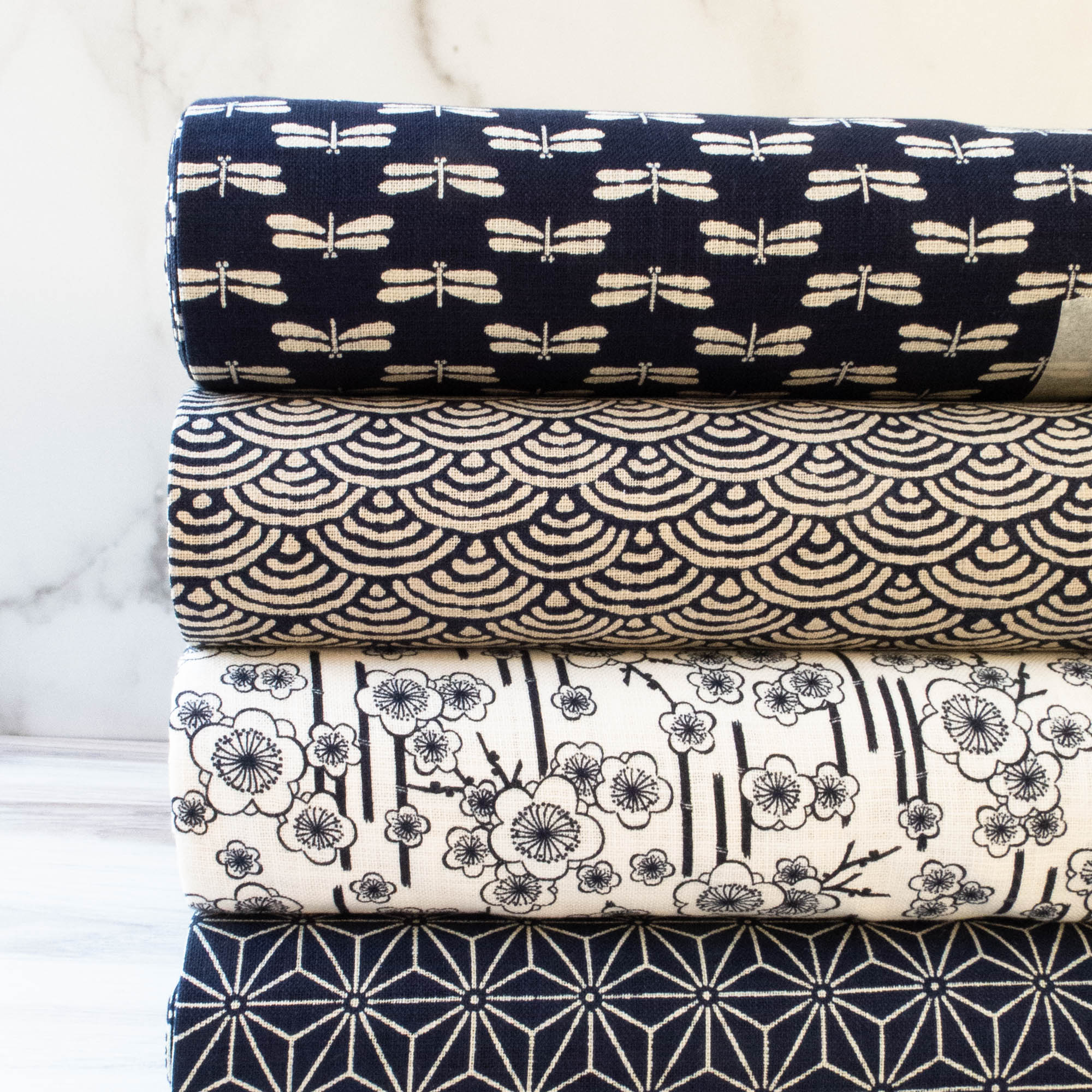
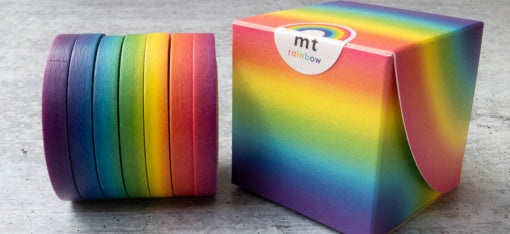
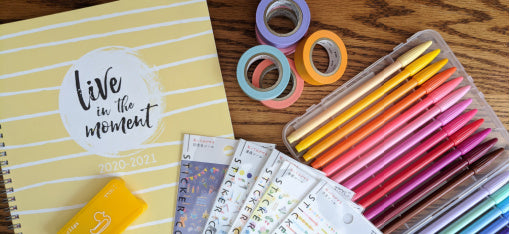
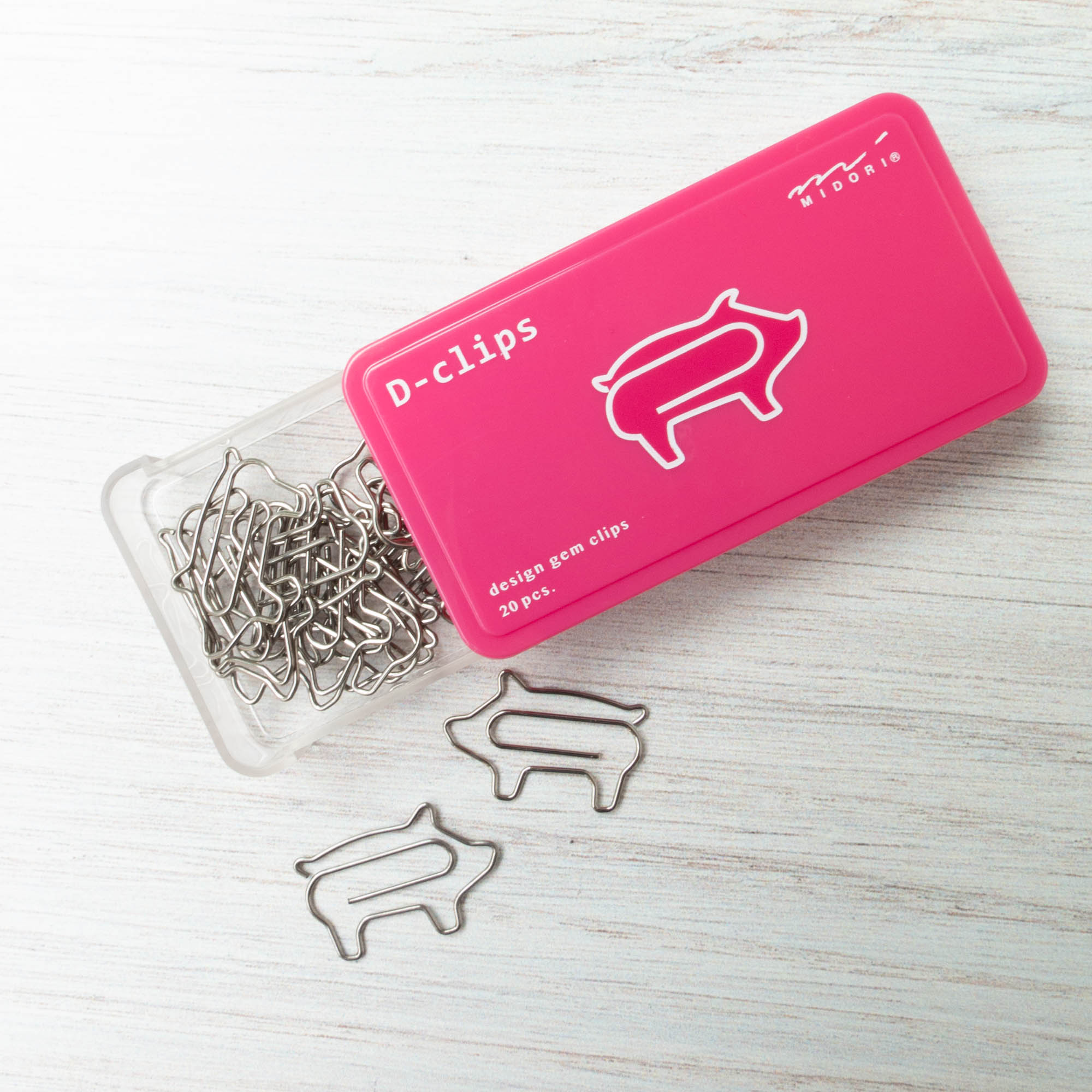
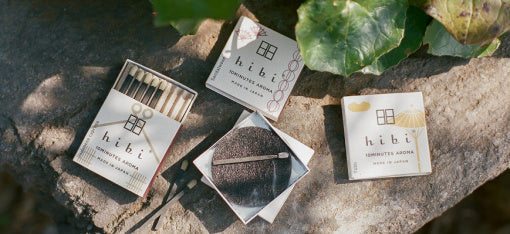
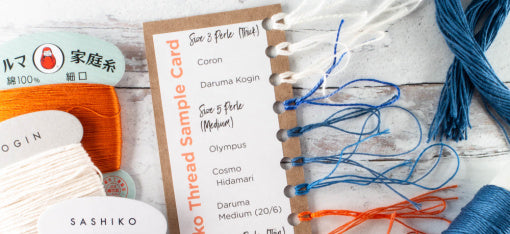
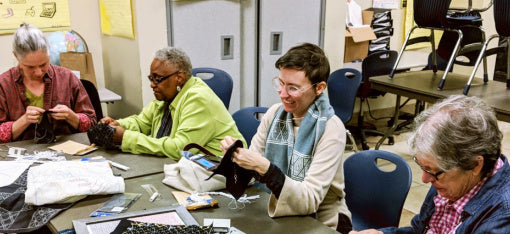
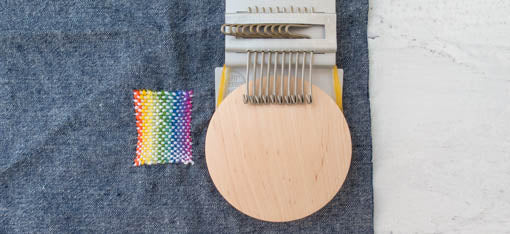
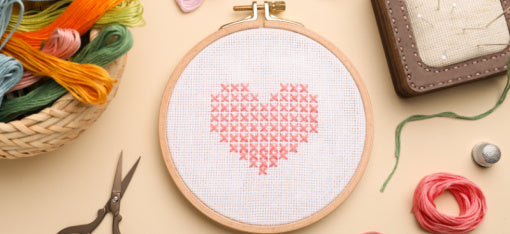
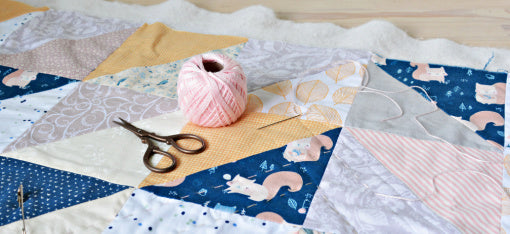
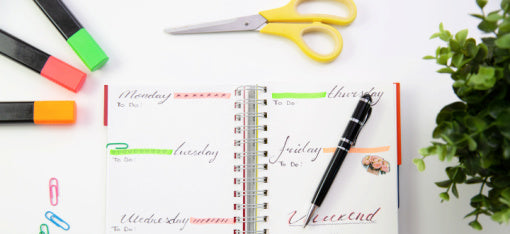


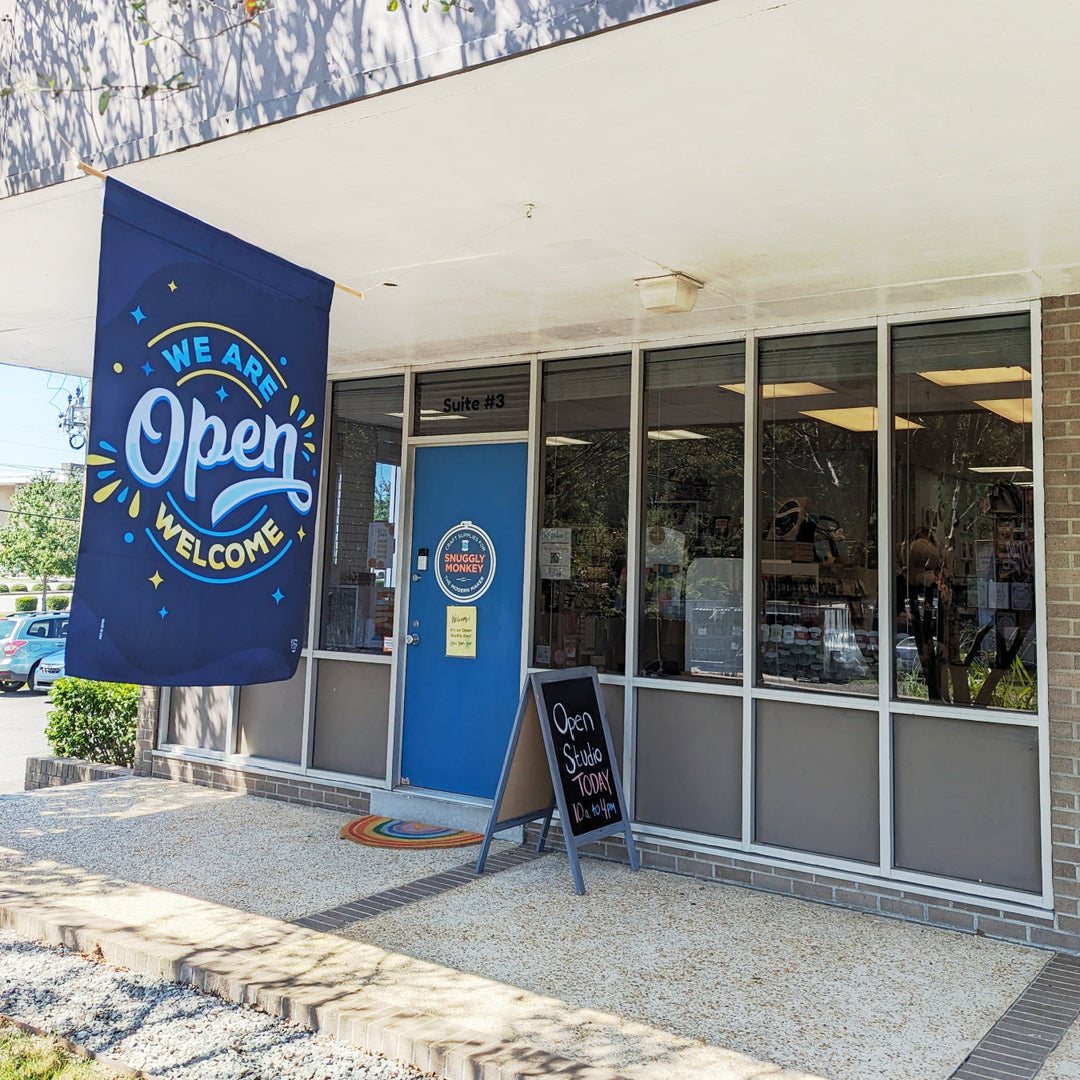
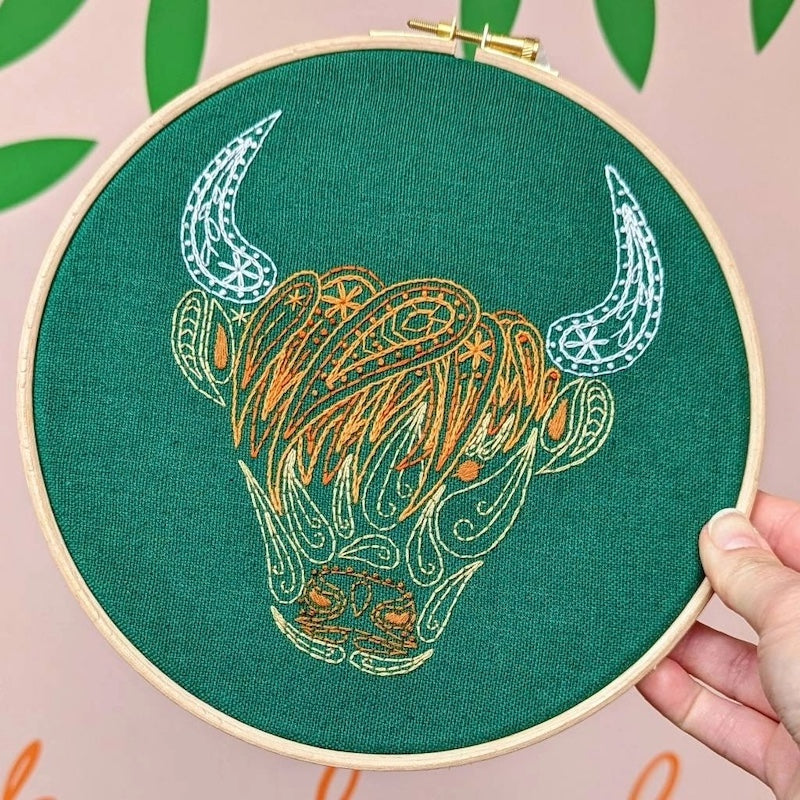
Leave a comment